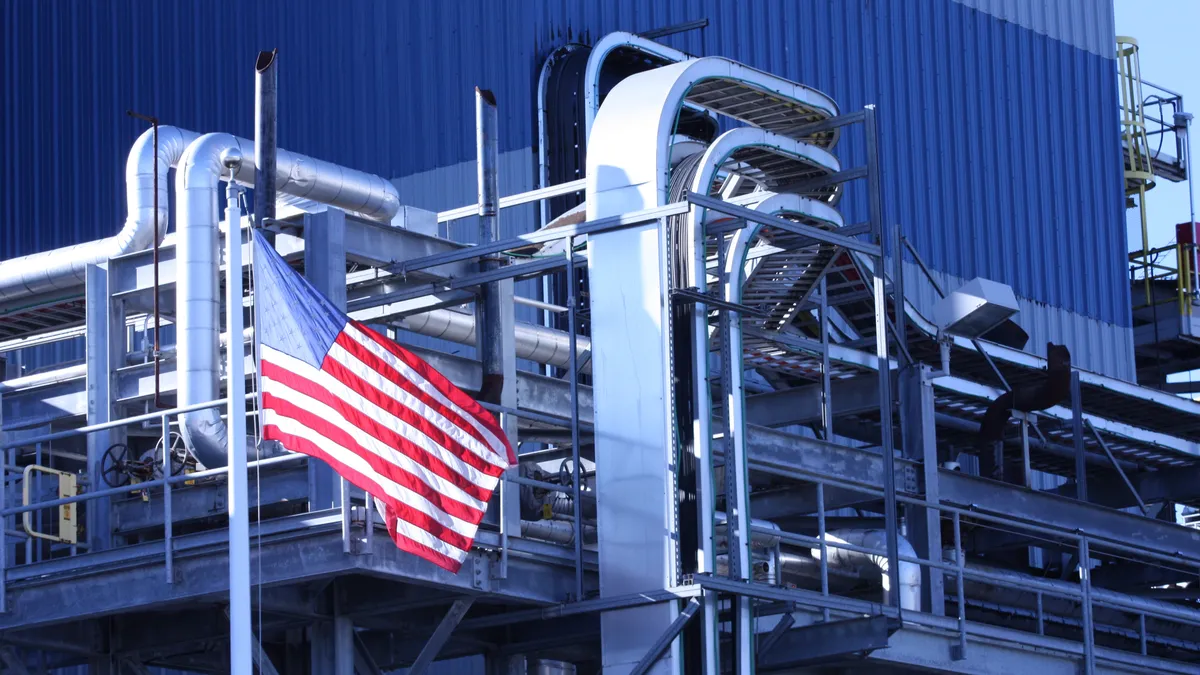For most of us, the arrival of summer is cause for celebration, but for manufacturing workers, the summer months are a time of heightened risk and strenuous working conditions.
Performing strenuous tasks in high temperatures for an extended period of time can lead to fatigue and impaired cognitive abilities, which increases the potential for a serious injury or fatality (SIF). Summertime work environments can also disproportionately affect workers with pre-existing health conditions.
Additionally, experienced manufacturing workers typically take time off during the summer months, leaving temporary workers to take their place on-site. Too often, these new workers lack familiarity with the potential risks of summer and may be unaware of the warning signs of heat exhaustion or heat stroke. And this lack of experience can be deadly — as we outlined in our recently released Serious Injury and Fatality Insights publication, the Occupational Safety and Health Administration (OSHA) reported 50-70% of outdoor fatalities occur in the first few days of working in a hot environment.
It’s clear the onset of summer poses a serious threat to individuals across the manufacturing industry. However, despite the challenges, there are several practical things contractors can do to improve working conditions and mitigate the risks workers face during the warmest months of the year.
3 tips for keeping your workers safe this summer:
Although recent proposals and programming from OSHA are helpful for keeping employees safe throughout the summer, the primary responsibility for on-the-job safety still falls on employers.
With that in mind, there are actions worth considering as summer approaches:
-
Develop and enforce a heat illness prevention program.
Every contractor needs a thorough heat illness and prevention plan in place ahead of the summer. This plan should be rooted in education, employees need to understand the warning signs of heat-related illnesses, the benefits of heat-resistant clothing, and strategies for developing a stronger heat tolerance.
Developing a plan is only the first step. You also need to commit to enforcing your plan on the job site. During shifts, project and site leaders should encourage their employees to take consistent breaks, hydrate, and find shade whenever possible. OSHA offers many other resources to consider as you develop and enforce your own heat illness prevention program.
-
Account for summertime challenges in risk assessments.
Given the increased likelihood of SIFs, contractors need to factor the summer months into their risk assessments. This includes consideration of how factors like temperature, sun exposure, access to shade, equipment used, and the availability of Personal Protective Equipment contribute to heat-related ailments.
Data analysis is a significant aspect of risk assessment. The identification and analysis of factors that led to past incidents can help you address them moving forward. For example, if a certain task takes a worker an hour to complete in the fall, consider allocating more time for the task in summer to account for required breaks or reduced productivity resulting from high temperatures.
-
Promote a culture of safety.
The creation of a robust safety culture helps your organization prevent incidents during the summer and throughout the year. However, a commitment to safety must begin with leadership — consistent messaging and accessible policies can motivate employees to prioritize safety on-site.
But while culture starts at the top, it’s shaped by workers themselves, who are the ones encountering hazards on a daily basis. To strengthen your culture, employees should be encouraged to report issues related to working conditions. Your safety culture must also be agile enough to integrate temporary workers into work routines and safety protocols. Regardless of the employee’s experience level, they should understand how to keep themselves safe on site.
Put your best foot forward this summer.
Although the summer months present heightened risk to manufacturing workers, contractors are not powerless. By prioritizing safety and education, contractors can alleviate the strain of working long hours in scorching weather. Ultimately, employers who take proactive steps toward safer working conditions reduce injuries while building a culture of trust and respect among their employees.










